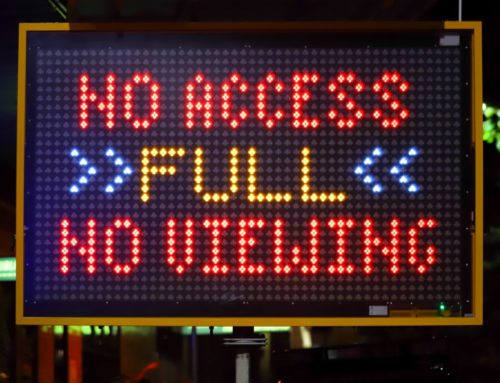Are you responsible for putting together the board meeting packet or a report to your board about your communications work?
Knowing what to include in a report to your board of directors and how much detail to share can be a challenge.
Here’s some advice to point you in the right direction, in part based on my own extensive experience as a nonprofit board member.
Goldilocks the Details: Not Too Little and Not Too Much.
If you feel like you are saying the same thing in every report, you are not providing enough detail.
If board members are glazing over as you talk or spending more time flipping through all the paper you gave them then actually absorbing and talking about the report, you are providing too much detail.
You want to give them enough detail to provide understanding, but not so much that they tune you out.
Provide Context: What Does This Report Really Mean?
Your board members do not live and breathe your work the way staff does. As you report to the board, be sure to provide some interpretation of the results you are sharing. That context is everything!
Are the numbers you are sharing too small, too big, or about right? Is it what you expected? If not, what were the good/bad implications of that number? How does it affect the future, especially any future decisions you might be asking the board to make? Provide some of your own interpretation where you can, or ask your board to help you interpret the data.
Look Back, But Don’t Forget to Look Forward, Too.
You definitely want to update your board on what’s happened recently. But my least favorite board experiences are those where we are essentially read reports that should have been emailed in advance.
Even if you do want to verbalize the reports, it’s helpful — and much more interesting — if you talk about the past in a way that provides context for the present and the future.
Boards are supposed to provide strategic direction forward, not just nod and pat you on the back for what you did since the last board meeting.
Get Visual.
As a comms professional, you know how powerful good visuals are. Think in terms of a visual dashboard for your board that uses type size and color to convey meaning. For example, you might use different colors to signal “Act, Watch, or Celebrate” or “Needs Attention, Holding Steady, or Interesting/Notable.”
Ideally, you can focus on a handful of key performance indicators that give the board an overall sense of progress towards large goals.
It’s handy to give both “snapshot in time” data as well as trends over time that provide context for current data (e.g. is this better or worse than last quarter, or than this same time last year?)
Don’t Leave a Vacuum or Your Least Favorite Board Member Will Fill It
Your board reports are a great way to get board members to focus on what’s most important. If you don’t provide that focus, you are opening the door for a lot of conversations you don’t want to have.
Remember, every board member thinks of themselves as a great communicator, and they are each full of fabulous ideas for what you as the communications director should be doing.
Don’t give the wrong people permission to rewrite your job description and your to-do list because you failed to focus their attention where it belongs.
What tips can you share for creating board reports that work for board members and for staff?
P.S. We’ll be talking about all kinds of internal comms (for boards and staff) during Internal Communications: Informing and Engaging Your Nonprofit’s Staff and Board, a new two-part webinar series.






